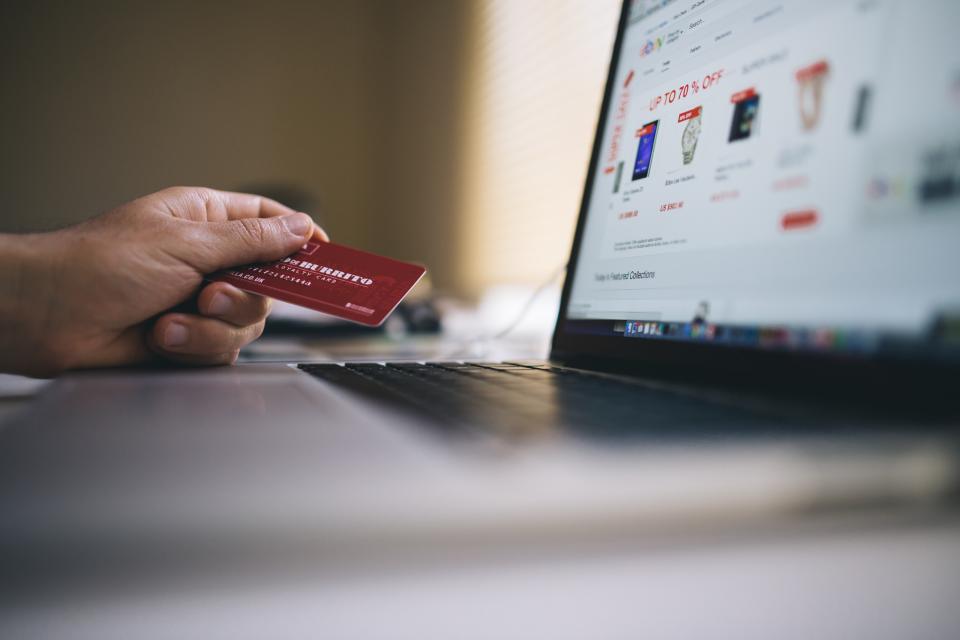The Filter Bubble: What it means for customers (part 3 of 3)
Most of the literature around the filter bubble is concerned with how to break it and the implications it has on the way users find and consume news. What I fail to see is anything outlining what this actually means for the potential customers of your business, how they find you and what stories they see in their newsfeeds (feel free to post links below if you find anything).
While the filter bubble has primarily been discussed in relation to the US presidential election and opposing political viewpoints, it also concerns any information filtered through social media like shared posts and targeted advertising.
If you’re still unsure about what the filter bubble is you can read about it here, or if you want to know what it means for businesses, here.
Although the term filter bubble applies to all social media, including search engines like Google, the easiest way to explain the phenomenon is using Facebook as an example.
As a user, what do I see on my newsfeed?
Using specific algorithms, Facebook decides which posts you would most like to see on your newsfeed. They measure everything including, posts you’ve clicked on in the past, what you type in the search bar, your location, likes and shares, number of friends and their past click history, your Google search history, among many other things.
This means that you’re more likely to see advertising, news and shared posts that directly reflect your interests.
For example, if you’re looking to buy a watch as a gift and Google ‘men’s watches’, the next time you log into Facebook you’ll see advertising for mens watches in your sidebar and on your newsfeed.
This is the same for news posts, one of the biggest criticisms of social media platforms is that because of this filter bubble, you only end up seeing content fitting with your interests leading to a lack of diversity.
If you use social media regularly, you might start to notice that you keep seeing the same content but from different platforms (I know I do). As well as getting repetitive and failing to engage, this means that you’re not seeing the same information as someone who is potentially sat next to you but has different friends, interests and political views.
What does this mean for me as a customer?
Despite the obvious ethical implications of the filter bubble, the algorithms that social media use can actually benefit customers.
Targeted advertising means that products you’re interested in appear high on your newsfeed and in your sidebar on Facebook, or with Google ads, making them easier to purchase.
It also means that posts and stories about organisations you’re following, or pages you like, appear higher in your newsfeed, giving you the information that you want without you having to look too hard to find it. This is great for finding out about time sensitive information such a special offers or flash sales.
Yet, if you do decide to branch out a bit with your purchase decisions, or change your opinions on an organisation, these algorithms are flexible. Meaning that with enough click and search history you’ll see your newsfeed develop and evolve over time based on your new interests.
So what’s the catch?
One of the downsides is that your exposure to new products and services comes as a result of you finding them for yourself and changing your click behaviour. This means that you have to make a conscious effort to seek out new products and organisations, which could lead to you missing something that might actually be of personal interest to you because you haven’t publicly declared it online.
I’ve heard it mentioned a few times that our public and private personas are different, meaning that what we like and share on social media doesn’t necessarily reflect our true tastes or world views.
Being a victim of the filter bubble means that while you’re theoretically being presenting with targeted content, as a consumer this may not reflect your actual taste or interests.
Finally
In this mini series I’ve covered the commercial aspects of the filter bubble, how it effects businesses and customers, but haven’t really given in depth analysis on how this phenomenon impacts society.
If you’re interested in reading more, you can buy Eli Pariser’s book The Filter Bubble here. I can’t recommend it enough for anyone with a vested interest in social media or public relations.



